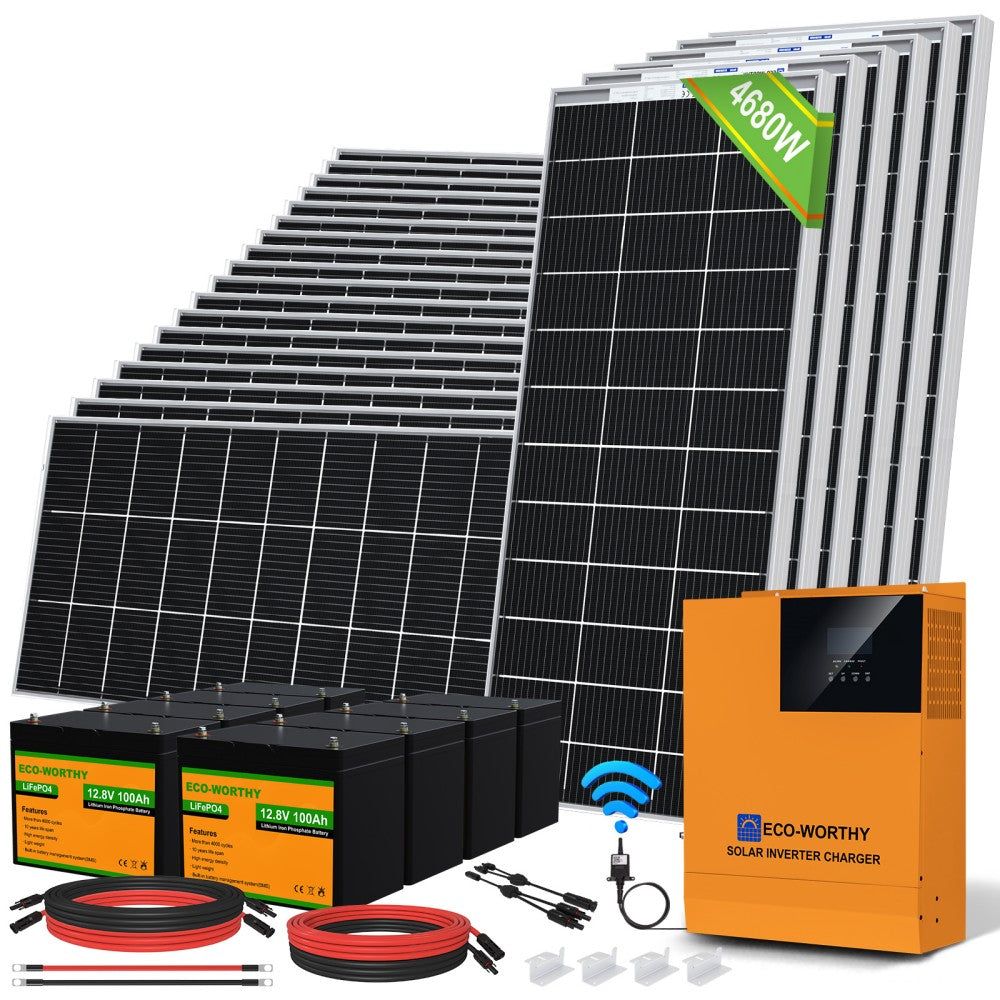The Ultimate Guide to Choosing the Right Off-Grid Solar Kit for Your Home
Body
As the world increasingly shifts towards sustainable energy solutions, the off-grid solar kit has emerged as a popular choice for homeowners seeking independence from traditional power sources. But what exactly does an off-grid solar kit entail, and how can you select the right one for your needs? This guide aims to provide a comprehensive understanding of off-grid solar kits, their components, and the benefits they offer.

Understanding Off-Grid Solar Kits
An off-grid solar kit is a collection of solar energy components designed to generate electricity independently from the grid. These kits typically include solar panels, a charge controller, batteries, and an inverter. By harnessing solar energy, homeowners can power their appliances and reduce reliance on fossil fuels.
Key Components of an Off-Grid Solar Kit
- Solar Panels: The heart of any solar kit, these panels convert sunlight into electricity.
- Charge Controller: This device regulates the voltage and current coming from the solar panels to prevent battery overcharging.
- Batteries: Essential for storing energy, batteries ensure that power is available even when the sun isn’t shining.
- Inverter: This component converts the stored DC power from the batteries into AC power, which is used by most household appliances.
Benefits of Using an Off-Grid Solar Kit
Choosing an off-grid solar kit offers numerous advantages. Firstly, it promotes energy independence, allowing homeowners to generate their own electricity. Secondly, it can significantly reduce electricity bills, especially in remote areas where grid access is limited. Additionally, off-grid systems contribute to environmental sustainability by reducing carbon footprints.
Factors to Consider When Choosing an Off-Grid Solar Kit
When selecting an off-grid solar kit, several factors should be taken into account:
- Energy Needs: Assess your household's energy consumption to determine the size of the system required.
- Location: The amount of sunlight your area receives will influence the efficiency of your solar panels.
- Budget: Consider both the initial investment and long-term savings when evaluating different kits.
- Installation: Decide whether you will install the system yourself or hire a professional.
Installation and Maintenance of Off-Grid Solar Kits
Installing an off-grid solar kit can be a straightforward process, especially with the right guidance. It is crucial to follow the manufacturer's instructions carefully. Regular maintenance, such as cleaning the solar panels and checking battery health, will ensure optimal performance.
For those interested in exploring various options, you can find a range of high-quality  that cater to different energy needs and budgets.
that cater to different energy needs and budgets.
Conclusion
In summary, selecting the right off-grid solar kit involves understanding your energy requirements, evaluating the components, and considering the benefits of solar energy. With careful planning and the right tools, you can enjoy the advantages of renewable energy while contributing to a sustainable future.












Comments